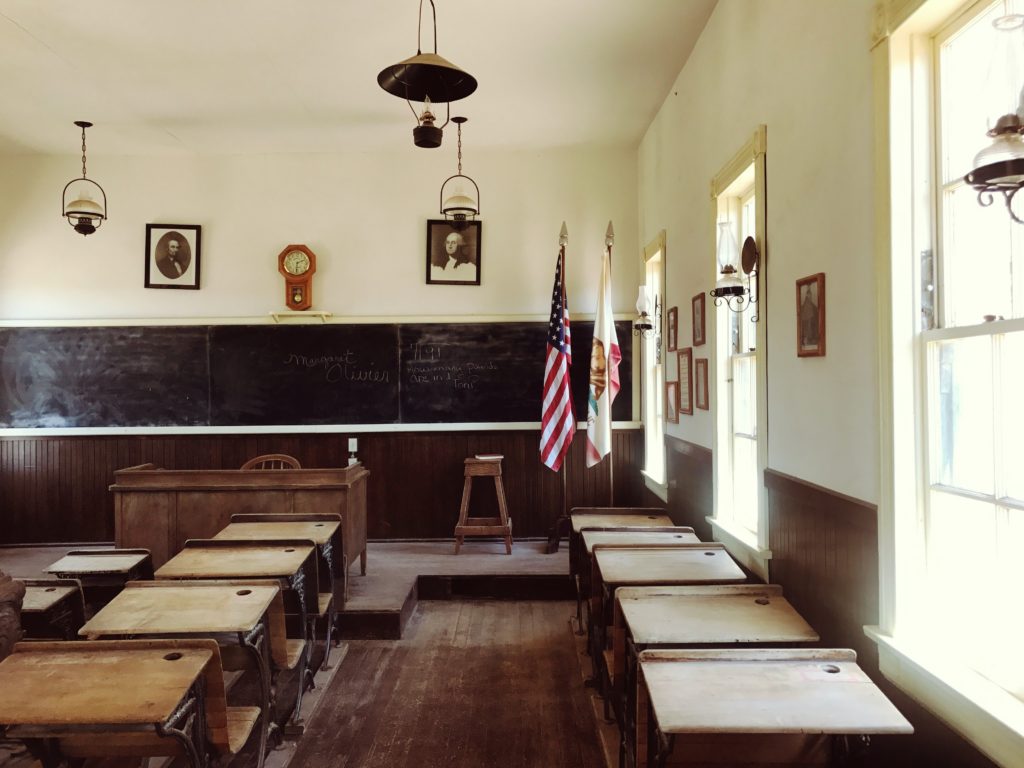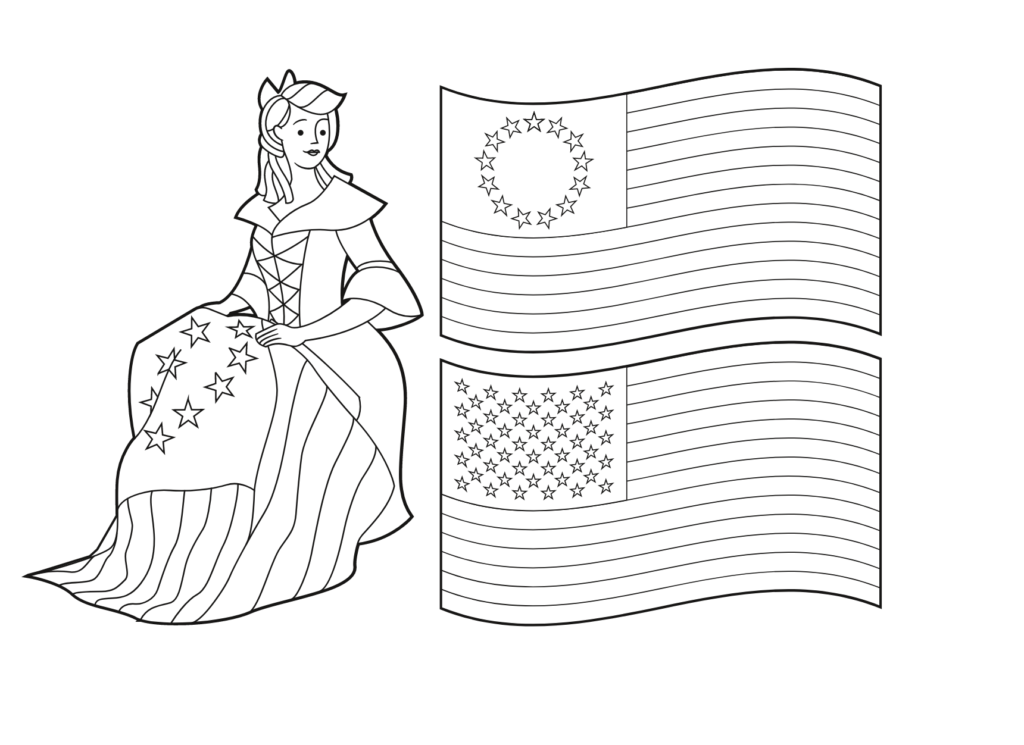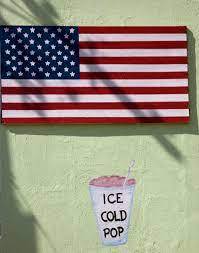
The American Flag
Students will be able to identify symbols and colors of the American flag, recite the Pledge of Allegiance and sing the National Anthem.
The American Flag – Adopted December 3, 1775
Grade Level: Pre-kindergarten – Kindergarten
Time requirement: 1 class period (45 minutes)
Ohio’s Learning Standards: Heritage – Symbols and practices of the Untied States include the flag, Pledge of Allegiance and the National Anthem.
Common Core Standards:
Objective: Students will be able to identify symbols and colors of the American flag, recite the Pledge of Allegiance and sing the National Anthem.
Research Statement: The American flag is symbolic to the freedom, justice, liberty and independence of our country. As American citizens it is important to understand and be able to identify the meaning of the colors and shapes of the flag.
Introduction
The American flag is one of the nation’s most recognized symbols. A symbol is something used for or regarded as representing something else, an emblem, token or sign. The American flag represents our shared experiences as citizens of the United States of America.
SUPPORTING IDEA I
The American flag was adopted on December 3, 1775 as the Grand Union flag. Betsy Ross (b. 1752-d. 1836), an upholsterer, has been credited with making the first American flag. On June 14, 1777, the 13-star version was adopted; on July 4, 1960, the 50 stars version was adopted.
SUPPORTING IDEA II
The 50 stars on the flag represent the 50 states of the United States of America and the 13 stripes represent the thirteen British colonies.
SUPPORTING IDEA III
The colors of the American flag are red, white and blue. Red represents hardiness and valor. White represents purity and innocence. Blue represents vigilance, perseverance and justice.

Procedure
Conclusion
The American flag is a symbol that is very important to citizens of the United States. It represents the values and ideals of American culture.
Assessment
At the conclusion of the lesson, ask students to identify the stars, stripes and colors of the American flag.
Imagery
Activity Sheet

Coloring page/activity sheet





